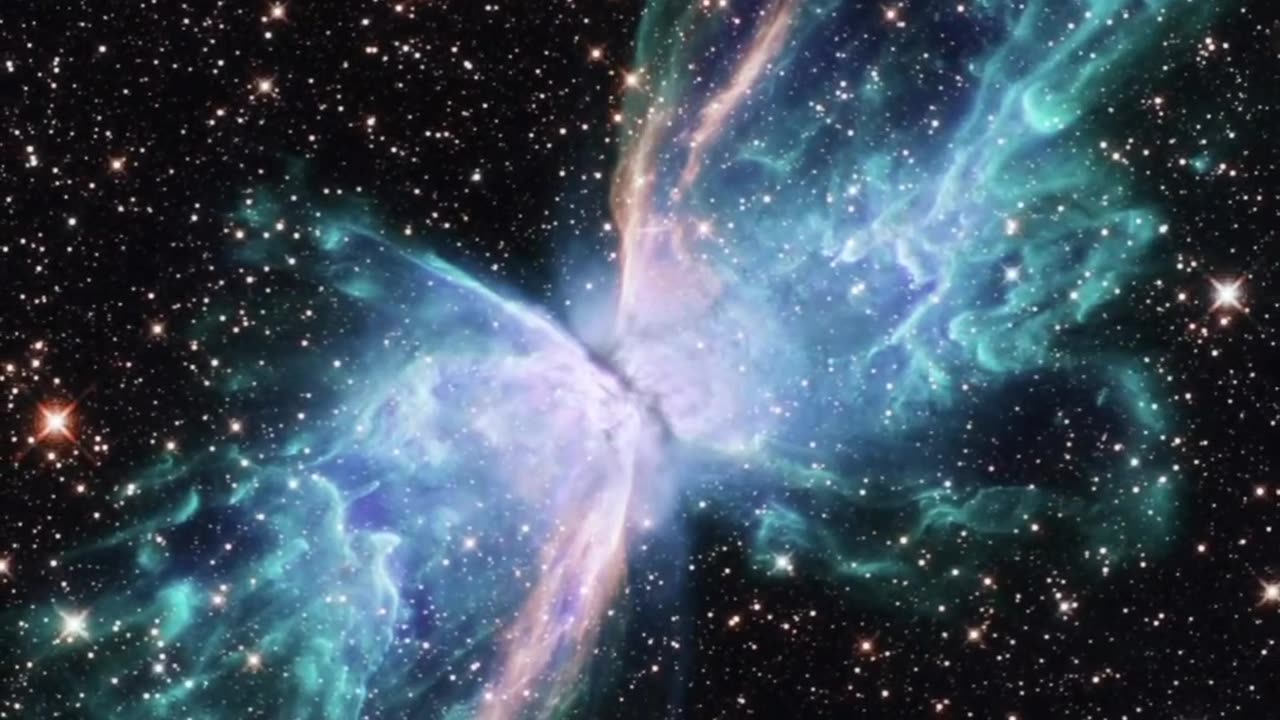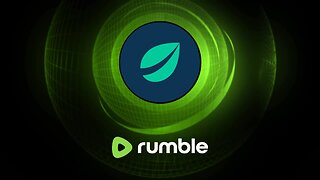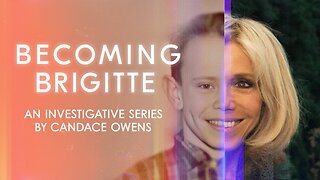Premium Only Content

Space humbble telescope review
The Hubble Space Telescope is large in space. It was launched into orbit by space shuttle Discovery on April 24, 1990. Hubble orbits about 547 kilometers (340 miles) above Earth. It is the length of a large school bus and weighs as much as two adult elephants. Hubble travels about 5 miles per second: That is like travelling from the eastern coast of the United States to the western coast in 10 minutes. Hubble is solar-powered.
Hubble takes sharp pictures of objects in the sky such as planets, stars and galaxies. Hubble has made more than one million observations. These include detailed pictures of the birth and death of stars, galaxies billions of light years away, and comet pieces crashing into Jupiter’s atmosphere.
Scientists have learned a lot about the universe from these pictures. Many of them are beautiful to look at.
What Makes Hubble Different From Telescopes on Earth?
Earth’s atmosphere alters and blocks the light that comes from space. Hubble orbits above Earth’s atmosphere, which gives it a better view of the universe than telescopes have at ground level.
Where Did the Name Hubble Come From?
Hubble is named after an American astronomer, Edwin P. Hubble. He made important discoveries in the early 1900s. He showed that the galaxy containing the solar system — the Milky Way — was only one of many galaxies. His work helped show that the universe is expanding. This led to the big-bang theory, which says that the universe began with an intense burst of energy and has been expanding ever since.
What Instruments Are on Hubble?
As Hubble orbits Earth, the Fine Guidance Sensors lock onto stars. The Fine Guidance Sensors are part of the Pointing Control System and aim Hubble in the right direction. The telescope can lock onto a target that is one mile away without moving more than the width of a human hair.
Once the target is acquired, Hubble’s primary mirror collects light. The mirror can collect about 40,000 times more light than the human eye. The light bounces off the primary mirror to the secondary mirror. The secondary mirror focuses the light back through a hole in the primary mirror. From there, the light shines on Hubble’s scientific instruments. Each instrument has a different way of interpreting the light.
Hubble has five scientific instruments which include cameras and spectrographs. A spectrograph is an instrument that splits light into its wavelengths.
The Wide Field Camera 3 is Hubble’s main camera. It studies everything from the formation of distant galaxies to the planets in the solar system. The camera can see three different kinds of light: near-ultraviolet, visible and near-infrared. But Hubble can only see each kind of light one at a time. Human eyes can see visible light. Near-ultraviolet and near-infrared are just beyond what our eyes can see.
The Advanced Camera for Surveys captures images of large areas of space. These images have helped scientists study some of the earliest activity in the universe.
The Cosmic Origins Spectrograph reads ultraviolet light. This spectrograph studies how galaxies, stars and planets formed and changed.
The Space Telescope Imaging Spectrograph helps scientists determine the temperature, chemical composition, density and motion of objects in space. It also has been used to detect black holes.
The Near Infrared Camera and Multi-Object Spectrometer, or NICMOS, see objects in deep space by sensing the heat they emit. It captures images and it is also a spectrograph. NICMOS helps science
What Are Hubble’s Most Important Discoveries?
Images taken by Hubble have helped scientists estimate the age and size of the universe. Scientists believe the universe is almost 14 billion years old. Hubble has helped scientists understand how planets and galaxies form. An image called “Hubble Ultra Deep Field” shows the farthest galaxies ever seen.
Hubble has detected black holes, which suck in everything around them, including light. The telescope has played a key role in the discovery of dark energy, a mysterious force that causes the universe to expand faster and faster as time goes on. And it has revealed details of gamma-ray bursts — powerful explosions of energy that occur when massive stars collapse.
Hubble has also studied the atmospheres of planets revolving around stars similar to Earth’s sun tests study how stars, galaxies and planetary systems form.
Where Do the Colors in Hubble’s Images Come From?
Hubble transmits about 140 gigabytes of science data every week back to Earth. That’s equal to about 45 two-hour, HD-quality movies or about 30,000 mp3 songs. The digital signals are relayed to satellites, then to a ground station, then to NASA’s Goddard Space Flight Center, and finally to the Space Telescope Science Institute. The STScI translates the data into images and information we can understand.
Hubble pictures start as shades of black and white. The Space Telescope Science Institute adds colours to the pictures for different reasons. Sometimes colors are chosen to show how an object might look to the human eye. Other times colors are used to highlight an important detail. Or they can be used to show details that would otherwise be invisible to the human eye.
What Is the Future of Hubble?
Hubble turned 30 years old in 2020. Engineers designed Hubble so that it could be repaired and upgraded as needed. Since the telescope’s launch, five space shuttle missions have carried astronauts to Hubble to repair and upgrade it. The last mission was in 2009. Hubble was upgraded so that it is better than ever. The telescope will not be repaired or upgraded again, but it is still working.
Meanwhile, NASA and its international partners are preparing the James Webb Space Telescope. The Webb is an infrared telescope that will be larger than Hubble and will be able to see through clouds and dust in space. Instead of orbiting Earth, this telescope will orbit the Sun from a point beyond the Moon. Webb will send back amazing images like Hubble does, and it will help astronomers unlock more of the biggest mysteries of the universe.
-
 5:49:46
5:49:46
Bitfinex
6 hours agoBitfinex Talks Live at PlanB El Salvador - Day 2
4.54K1 -
 41:47
41:47
Candace Show Podcast
3 hours agoBecoming Brigitte: An Introduction
74.6K87 -
 1:27:41
1:27:41
vivafrei
4 hours agoBernie Gets DESTROYED! Confirmation Hearings RECAP! D.C. Aviation Disaster & MORE!
69.9K55 -
 13:16
13:16
ariellescarcella
3 hours agoThese TikTok 'Trans Women' Converting To Islam Are A Problem...
2.31K5 -
![Special guest: Sam Anthony, CEO & Founder, [your] News](https://1a-1791.com/video/fwe2/e2/s8/1/B/m/X/b/BmXbx.0kob-small-Special-guest-Sam-Anthony-C.jpg) 55:09
55:09
Purham & Associates Show
4 days agoSpecial guest: Sam Anthony, CEO & Founder, [your] News
1.99K -
 1:34:42
1:34:42
The Quartering
5 hours agoNew Crash Footage PROVES Whose At Fault, Air Traffic Control Exposed, RFK Blasted, AI Issues
134K41 -
 4:56:18
4:56:18
Right Side Broadcasting Network
1 day agoLIVE REPLAY: White House Press Secretary Karoline Leavitt Holds Press Briefing - 1/31/25
280K86 -
 1:53:55
1:53:55
Twins Pod
17 hours agoThe Q Anon Shaman EXPOSES The Truth of J6! | Twins Pod - Episode 50 - The Q Shaman
73.8K13 -
 1:02:51
1:02:51
PMG
19 hours ago $1.22 earnedRFK, Immigration & DeepSeek
24.6K3 -
 2:39:19
2:39:19
Scammer Payback
3 hours agoCalling Scammers Live
41.9K5